Pierre Bonnard (1867-1947) and Paul Verlaine (1844-1896), Parallèlement (Paris: Ambroise Vollard, 1900). Color lithograph. Illustrated with a lithographic frontispiece, wood engraved title-vignette (repeated on front wrapper), 108 lithographs, and 8 wood engravings cut by Tony Beltrand after Bonnard designs. Preserved in rose colored morocco box. Graphic Arts GAX 2011- in process
Graphic Arts recently acquired Pierre Bonnard’s personal copy of Parallèlement, his first and greatest livre de peintre. It comes with a four-page hand-written letter from Bonnard to his mother that includes a significant reference to the famous objection, and later rejection, by the French Government of the original wrappers. Also included is a letter from Madame Terrasse confirming that this copy passed down through the family from the painter to her husband, musician Claude Terrasse (1867-1923).
Verlaine’s poems Les Amies [The Girlfriends], the first section of Parallèlement, were published under a pseudonym in 1867 and then, immediately banned because they described lesbian sex. Ambroise Vollard (1866-1939), a Parisian art dealer, wrote that he was inspired to publish the poems as soon as he read them, probably in the second, 1899 edition (Ex PQ2463 .xP3 1899). Vollard sent the text to be printed at the Imprimerie Nationale, whose authorities had only the title of the book, Parallèlement, in their records and thought they were printing a geometry textbook.
When it became known that it was, in fact, poetry of a lesbian love affair, the book was immediately recalled. Vollard was forced to have the title-page and wrappers reprinted with the official “Republique Française” symbol removed. Our copy includes both sets of wrappers, plus a copy of the original printer’s prospectus.
Vollard continued undaunted. After Lucien Pissarro (1863-1944) turned down the project, the dealer commissioned lithographs from Pierre Bonnard (1867-1947) even though he had never worked in the medium. Bonnard sketched directly on top of the pages of Garamond type and then, recreated 108 of these drawings on lithographic stones in the studio of Auguste Clot, who pulled the edition.
“Parallèlement is the first great livre de peintre of the twentieth century, a Vollard creation that set the standard for innovative fusion of text and illustration. Bonnard’s seductive rose-coloured lithographs drape across the pages of text, making Parallèlement a full collaboration of writer, artist, publisher, and printer. Use of color such as this was not attempted again for many years.” The Arts of the French Book, 1900-1965 by Eleanor M. Garvey and Peter A. Wick (GA Oversize 2006-0065Q).



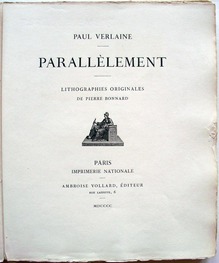





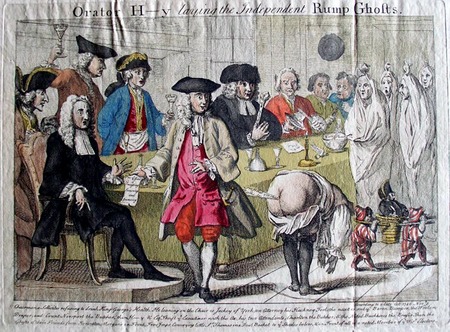
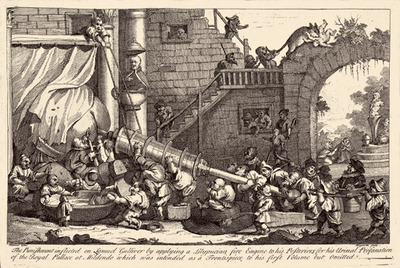



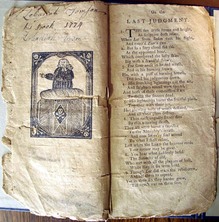









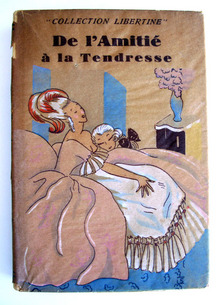


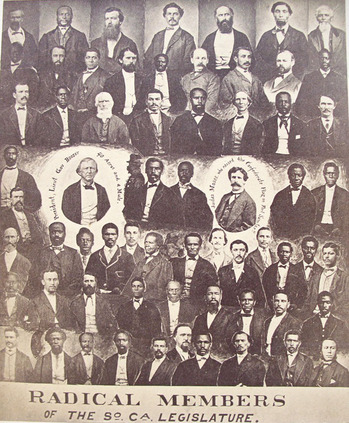







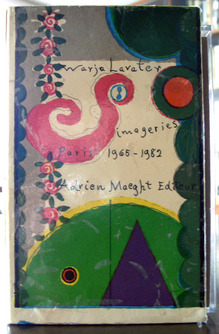



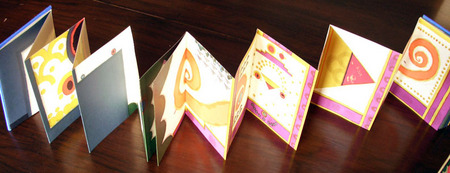







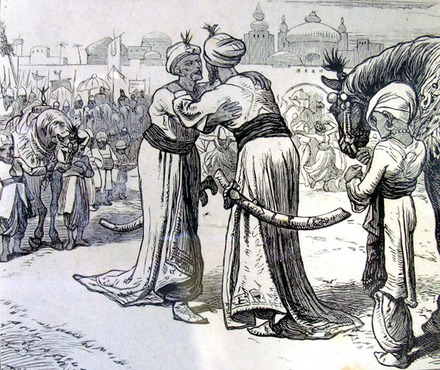



















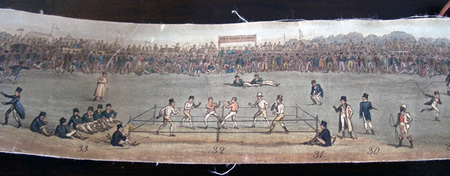













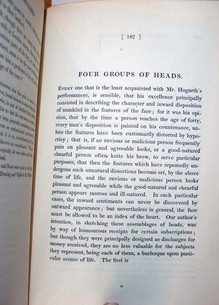

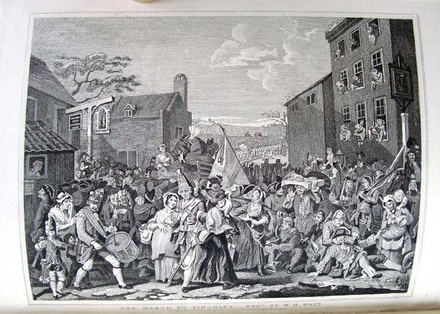
Recent Comments